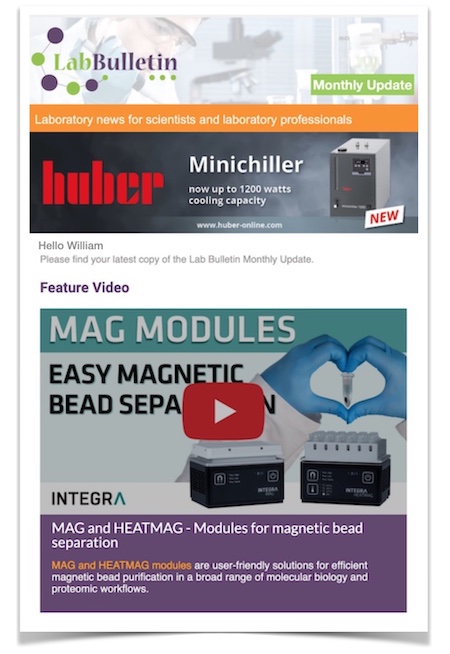Members Login

Channels
Special Offers & Promotions
Pushing the Boundaries of Fluorescence Imaging
Olympus has introduced a new, highly versatile, range of cutting-edge research microscope systems. The Olympus xcellence line covers advanced live cell techniques such as real-time high-speed imaging, TIRFM & HILO (cell^TIRF), photo control such as FRAP, FLIP & photo activation (cell^FRAP), and laser spinning disc confocal (cell^SPIN). More importantly, the Olympus xcellence range takes these techniques to the extreme via a complete series of new and innovative features that ensure researchers can continue breaking new ground in science.
Olympus xcellence
The Olympus xcellence live cell imaging system range is designed to bring the most advanced fluorescent imaging techniques within easier reach, whilst pushing the very boundaries of optical imaging. The Unix-based controller provides the high-speed parallel component management required to ensure that each procedure can capture the most advanced data. The xcellence software includes the Experiment Manager, a universal planning and execution tool with logic and simple drag-and-drop experiment construction. Olympus xcellence provides the ultimate system for imaging live cells over prolonged periods of time with the Olympus MT20 fluorescence lightsource providing highly stabilised mercury or mercury-xenon burner control with very fast filter, attenuator and shutter changes. The new xcellence software also offers Olympus Data Bus (ODB) enhanced controls for a broader spectrum of hardware including laser linking, for fast switching and precise control of laser lines. Furthermore, the system now incorporates multiple high speed (µsec) bidirectional TTL communication ports, greatly expanding the hardware integration capacity.
cell^TIRF
The new total internal reflection fluorescence microscopy module, cell^TIRF, features 4 laser lines with separate motorised angle control enabling synchronised acquisition with identical penetration depth. The xcellence software enables the user to set incident angles or penetration depths with ease, as well as running experiments with varying penetration depths. This, combined with the broadest selection of TIRFM objectives, provides a new level of precision in multi-colour TIRFM. The optics knowledge of Olympus has also enabled the cell^TIRF to be used for highly inclined and laminated optical (HILO) sheet imaging, as well as the seamless integration with epi-fluorescence, FRAP and laser spinning disk techniques.
cell^FRAP
The cell^FRAP system offers the state-of-the-art in photo control technology, enabling advanced FRAP, iFRAP, FLIP, FLAP, photoactivation and photoconversion. Optically, the FRAP module can incorporate two separate laser lines or a laser combiner and is introduced into the microscope via a separate light-path to the camera and fluorescence illumination. This ensures full integration of FRAP with epi-fluorescence, TIRFM and laser spinning disk techniques, and enables simultaneous imaging and photo-manipulation as well as µsec switching. Fully controlled via the software, basic FRAP techniques can be completed at the click of button, and more advanced techniques can be fully controlled with great ease. Furthermore, the pattern bleaching mode enables a simulation of fluorescence speckle microscopy (FSM), and the ‘fire on click' feature enables manual triggering of the FRAP laser using the mouse.
cell^SPIN
The Olympus cell^SPIN has been developed as a bright laser spinning disk confocal system with the highest emission efficiency on the market. This is achieved by using high power lasers with fine control over the field of illumination and new laser combiner technology with dramatically enhanced coupling efficiency, ensuring that as much light as possible illuminates the sample. What is more, as well as using optimised disks for perfect confocality with different objectives, the system has full control over the disk speed and offers a maximum speed of 5600 rpm. As a result the Olympus cell^SPIN can provide up to 367 confocal images per second.
For further information please visit www.microscopy.olympus.eu
Media Partners


